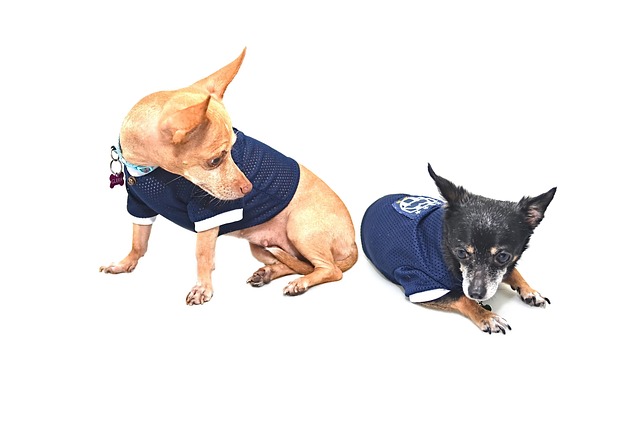
How long does it take for a dog to adjust to new food?
Dogs, like humans, have sensitive digestive systems that need time to adapt to changes in their diet.
Looking at our once lively and energetic dog, now it is breathing heavily due to fluid in its lungs. Every wheeze seems extremely difficult, and it can't even muster any interest in its favorite toys. It can only lie on the ground weakly. As owners, our hearts are filled with anxiety and heartache that surges like a tide. Dogs can't tell us about their pain; they can only plead for help with their helpless eyes. When faced with the thorny problem of fluid in a dog's lungs, we are eagerly hoping to find natural methods to help them relieve the pain and regain their health and vitality, because every dog is a precious and indispensable part of our lives.
To get the fluid out of a dog's lungs naturally, we first need to understand the causes of the fluid accumulation. Fluid in a dog's lungs can be caused by various factors, and heart disease is one of the common causes. When there are problems with a dog's heart function, such as suffering from cardiomyopathy or heart valve disease, the heart cannot pump blood effectively, leading to an increase in the pressure within the pulmonary blood vessels, and fluid seeps out and accumulates in the lungs. It's like a malfunctioning water pump that can't transport water properly but instead makes the water flow backward and overflow in the pipeline. Lung infections, such as bacterial, viral, or fungal infections, can also trigger an inflammatory response, causing the lung tissue to exude fluid. In addition, certain tumors, allergic reactions, and hypoproteinemia can also lead to the accumulation of fluid in the lungs.
Adjusting the dog's diet structure is an important foundation for natural fluid drainage. For dogs with fluid in the lungs caused by heart problems, controlling sodium intake is crucial. A high-sodium diet will aggravate water and sodium retention in the body, increase the burden on the heart, and worsen the situation of fluid in the lungs. We need to choose high-quality low-sodium dog food for the dog and avoid feeding it human foods with a large amount of salt, such as ham and pickled vegetables. At the same time, appropriately increase foods rich in potassium. Potassium helps to promote the excretion of sodium and maintain the balance of electrolytes in the body. Foods like bananas and pumpkins are good choices. Adding them to the dog's diet in an appropriate amount can not only supplement nutrients for the dog but also help reduce the fluid in the lungs.
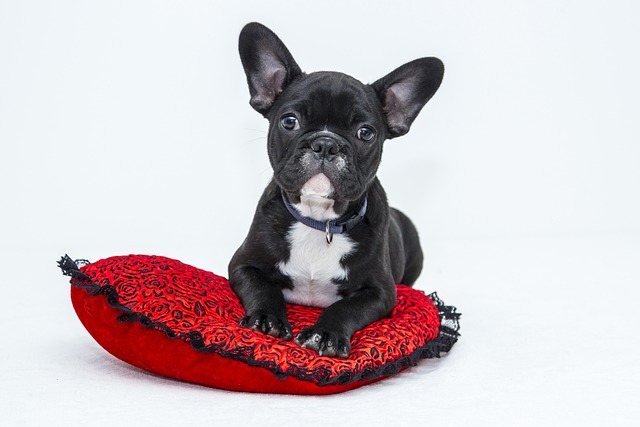 Ensuring that the dog gets sufficient and moderate rest also has a positive effect on draining the fluid in the lungs. Fluid in the lungs makes it difficult for the dog to breathe and consumes a lot of physical strength. At this time, creating a quiet, warm, and comfortable resting environment for the dog is particularly important. Lay a soft mat to prevent the dog from lying directly on the cold floor and reduce the stimulation of the cold on the lungs. Let the dog lie on its side or in a semi-sitting position. This posture helps with the drainage of the fluid in the lungs and reduces the burden on breathing. However, rest doesn't mean not moving at all. When the dog's condition allows, moderate exercise is equally crucial. Choose to take the dog for a slow walk in the fresh air in the early morning or evening. Exercise can promote blood circulation, enhance cardiopulmonary function, and help the body metabolize the fluid better.
Ensuring that the dog gets sufficient and moderate rest also has a positive effect on draining the fluid in the lungs. Fluid in the lungs makes it difficult for the dog to breathe and consumes a lot of physical strength. At this time, creating a quiet, warm, and comfortable resting environment for the dog is particularly important. Lay a soft mat to prevent the dog from lying directly on the cold floor and reduce the stimulation of the cold on the lungs. Let the dog lie on its side or in a semi-sitting position. This posture helps with the drainage of the fluid in the lungs and reduces the burden on breathing. However, rest doesn't mean not moving at all. When the dog's condition allows, moderate exercise is equally crucial. Choose to take the dog for a slow walk in the fresh air in the early morning or evening. Exercise can promote blood circulation, enhance cardiopulmonary function, and help the body metabolize the fluid better.
Natural herbs and supplements can also play a certain role in assisting the drainage of fluid in the lungs. For example, dandelion has a diuretic effect, which can promote the dog's urination, help the body excrete excess water, and thus reduce the fluid in the lungs. You can boil an appropriate amount of dried dandelion in water, and after it cools down, give it to the dog to drink. But be careful to control the dosage to avoid causing gastrointestinal discomfort. Plantain is also a traditional diuretic herb, and its extract can increase urine production and relieve pulmonary edema. In addition, Omega-3 fatty acids have anti-inflammatory properties, which can reduce lung inflammation and promote tissue repair. Fish oil supplements rich in Omega-3 can be added to the dog's food according to the dosage recommended by the veterinarian.
Massage and physical therapy can also help the dog drain the fluid in the lungs. Gently massage the dog's chest and back, from bottom to top and from outside to inside, using gentle techniques to promote blood circulation and lymph flow in the lungs, which helps with the absorption and drainage of the fluid. In addition, steam therapy allows the dog to breathe moist air, which helps to thin the phlegm and promote the discharge of phlegm, thereby reducing the fluid in the lungs. But when using steam therapy, pay attention to controlling the temperature and time to avoid scalding the dog.
Naturally getting the fluid out of a dog's lungs is a "battle" that requires patience and carefulness. In this process, we pay close attention to every subtle change in the dog. Every breath and every movement of the dog tug at our hearts. We may go through countless days and nights of worry, but as long as we see an improvement in the dog's condition, all our efforts will be worth it. Let's accompany the dog through this difficult time with scientific methods, warm love, and firm belief. We believe that with our meticulous care, they will surely overcome the illness.

Dogs, like humans, have sensitive digestive systems that need time to adapt to changes in their diet.
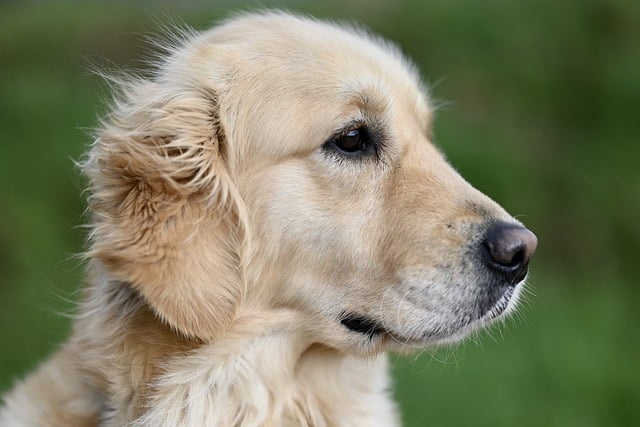
What is a good moisturizer for a dog's skin? It’s a frosty morning in Michigan, and you’re petting your 2-year-old border collie, Jax, when your hand catches on something rough.
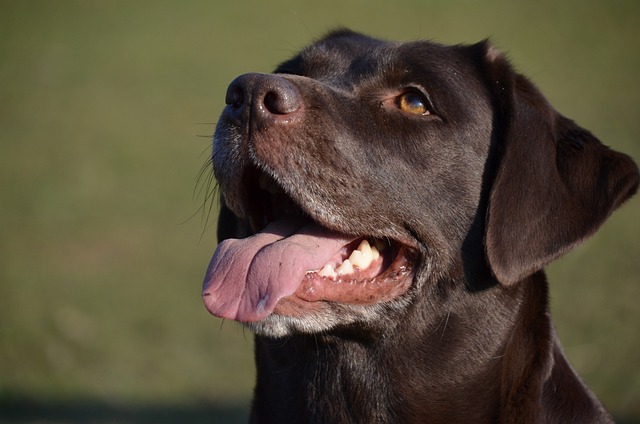
Sudden refusal to chow down can set any dog owner’s mind racing. Maybe it started with turning up their nose at breakfast, then skipping dinner—now you’re left staring at a full bowl, wondering what’s wrong.

Three-month-old Teddy puppies have tiny tummies but growing energy needs, so portion control matters more than you might think.

What kills fleas immediately on dogs? It’s a sticky June evening in California, and you’re cuddling your 10-month-old spaniel, Ruby, when she starts gnawing at her hind leg like it’s a chew toy.
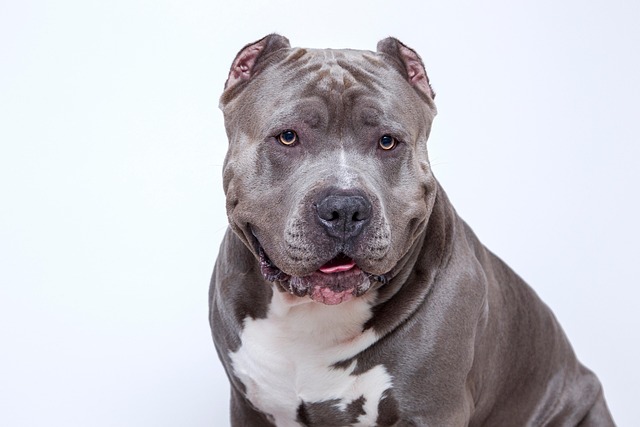
Many dog owners reach for their own toothpaste when it’s time to clean their pup’s teeth, thinking it’s a quick solution. But that tube of minty gel in your bathroom might not be safe for your furry friend.